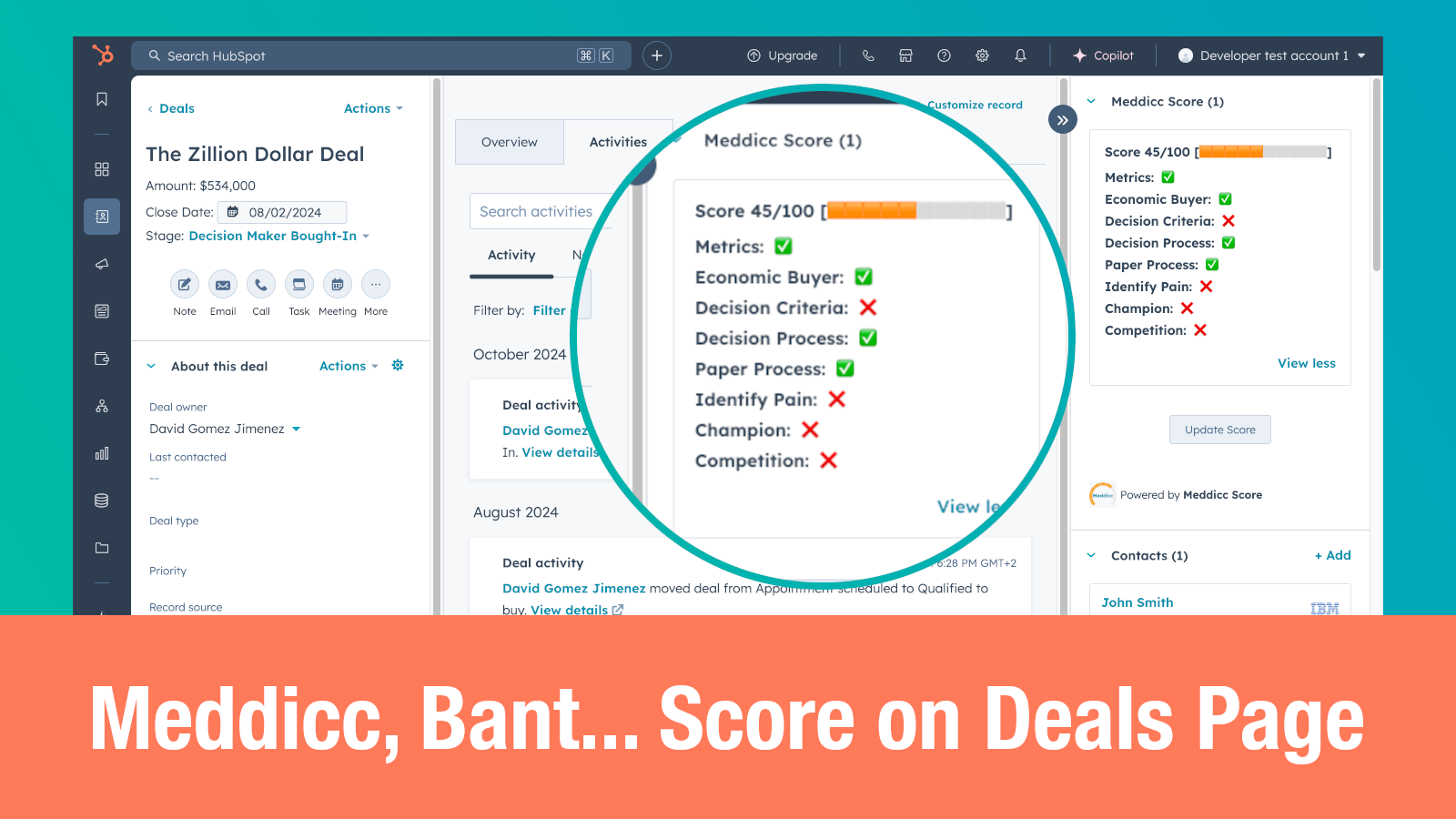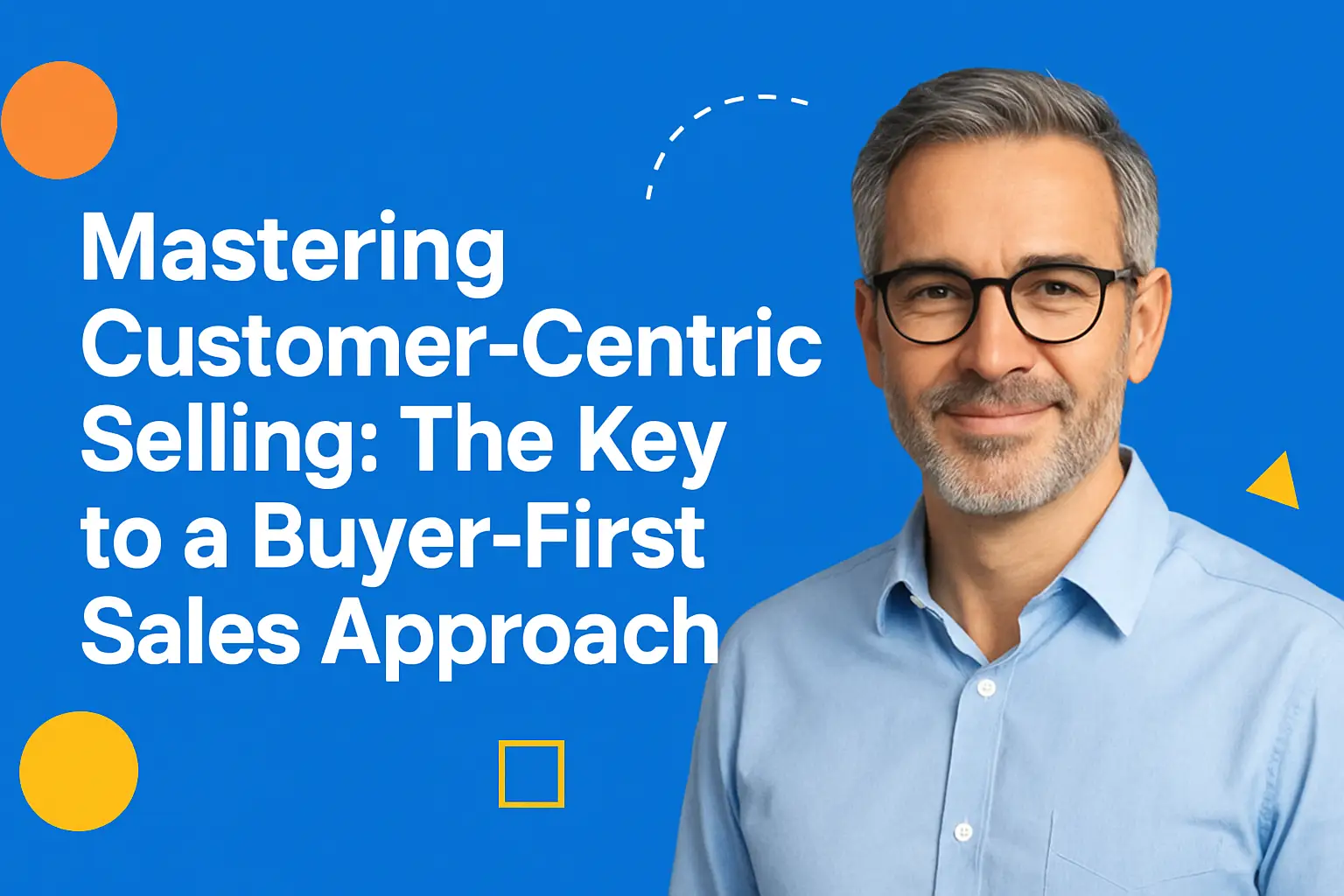The Power of Listening: How Active Listening Can Transform Your Sales Process
In today’s fast-paced sales environment, integrating active listening into your sales process can significantly transform sales outcomes. This often-overlooked skill can not only enhance communication but also build trust between you and your prospects. Let’s delve into the nuanced art of active listening and explore how it can become a game-changer in your sales strategy.
What is Active Listening?
Active listening is more than just hearing what someone says; it involves full engagement in the conversation. This means not only paying attention to the words spoken but also understanding the emotions and intentions behind them. It requires the listener to:
- Maintain eye contact
- Provide appropriate feedback
- Reflect on what has been said
- Refrain from interrupting
By mastering this skill, sales professionals can create deeper connections with their clients, ultimately leading to better sales outcomes.
Why is Active Listening Crucial in the Sales Process?
1. Builds Trust and Rapport
Building a relationship with clients is foundational in sales. When clients feel heard, they are more likely to trust you and engage in a meaningful conversation about their needs. This trust often results in long-term relationships and repeat business.
2. Uncovers Customer Needs
Active listening allows sales professionals to understand the specific needs and pain points of their clients. By asking open-ended questions and giving clients space to express themselves, you can gain insights that directly inform your sales pitch.
3. Increases Closing Rates
When clients feel understood, they are more likely to move forward in the sales funnel. By addressing their concerns and highlighting how your product or service meets their specific needs, you can significantly improve your closing rates.
4. Enhances Problem-Solving
Active listeners are better equipped to address problems as they arise. By engaging with clients and revisiting their concerns, you can provide tailored solutions that resonate with them, leading to increased satisfaction and loyalty.
Tips for Implementing Active Listening in Your Sales Process
Here are some actionable strategies to incorporate active listening into your routine:
1. Minimize Distractions
Create an environment conducive to active listening. Turn off notifications, close unnecessary tabs, and give your full attention to the client. This demonstrates that you value their time and input.
2. Use Reflective Listening Techniques
Repeat back what the client has said to confirm understanding. For example, “So what I’m hearing is that you’re looking for a solution that can…” This not only clarifies any misunderstandings but also shows you’re engaged.
3. Ask Open-Ended Questions
Instead of asking questions that lead to a ‘yes’ or ‘no’ answer, encourage dialogue with open-ended questions. Try asking, “What challenges are you currently facing?” to prompt a more in-depth conversation.
4. Provide Feedback
Use verbal affirmations like “I see” or “I understand” to let clients know you are actively engaged. Non-verbal cues such as nodding also reinforce that you are listening.
5. Follow Up
After your conversation, send a follow-up email summarizing your discussion. This not only shows that you value the conversation but also reinforces your commitment to finding the best solutions for their needs.
Conclusion
The power of active listening cannot be underestimated in transforming your sales process. By actively engaging with your clients, you not only build trust but also uncover essential insights that lead to better sales strategies. Implement these tips, and watch how they can help you transform sales and foster lasting relationships with your clients.
By incorporating the principles of active listening into your daily sales routine, you can elevate your performance, enrich your interactions, and most importantly, meet your clients where they are. Start listening—your sales process will thank you.




